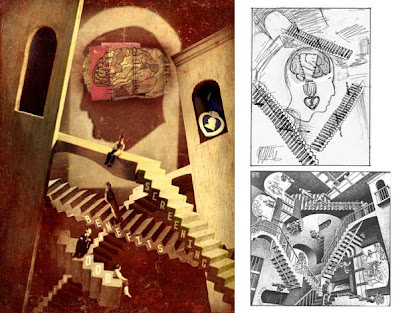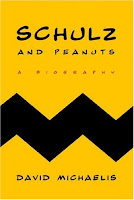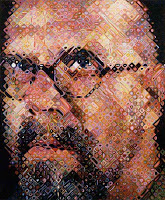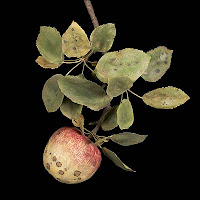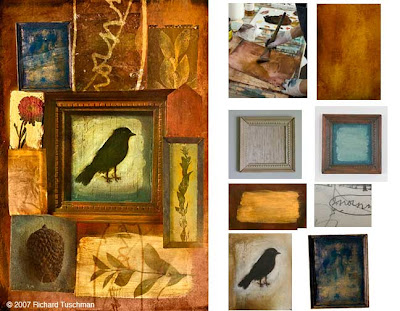
I created the above left image over the last few weeks as a “how-to” demo for Lisa Cyr’s upcoming book, Working On The Cutting-edge: Alternative Approaches in Art and Illustration, to be published by North Light Books. Although the final image is composited and enhanced in Photoshop, the individual elements are created by hand. Some of the pieces were created and/or photographed for this specific piece, such as the central frame and the main background. As part of my usual practice, though, many of the elements are culled from my continuously expanding and evolving library of backgrounds, scraps, and objects. Above right are some of the supporting images for the demonstration, including a photo of me painting the background, the before and after painted balsa wood frame, and scanned sections of some of my older paintings and drawings.
